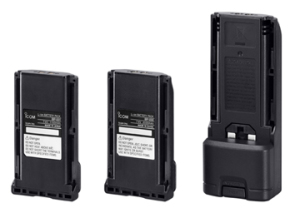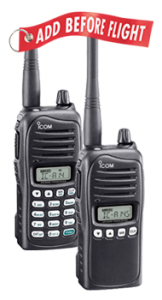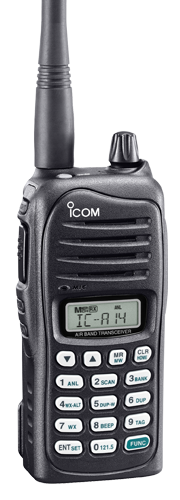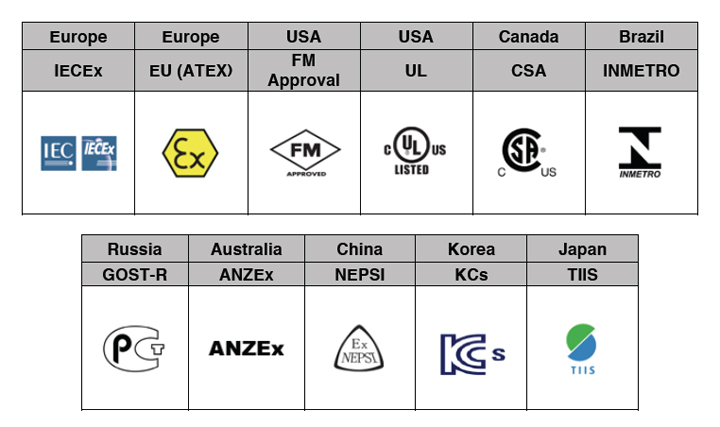 Among the most desired features that universities require of the two-way radio systems is GPS capability. GPS (or Global Positioning System) provides university staff – such as Security patrols – real-time, location-sensitive information and coverage throughout the campus. Either in-vehicle, on foot, or even on bicycles, university dispatch centers can track patrols with GPS capable devices. Dispatch can see who the closest officer is to an incident and dispatch that officer immediately, then notify others to proceed to the location for backup. Universities view GPS on two-way radios as a major benefit to protecting students, staff, and facilities on the campus.
Among the most desired features that universities require of the two-way radio systems is GPS capability. GPS (or Global Positioning System) provides university staff – such as Security patrols – real-time, location-sensitive information and coverage throughout the campus. Either in-vehicle, on foot, or even on bicycles, university dispatch centers can track patrols with GPS capable devices. Dispatch can see who the closest officer is to an incident and dispatch that officer immediately, then notify others to proceed to the location for backup. Universities view GPS on two-way radios as a major benefit to protecting students, staff, and facilities on the campus.








